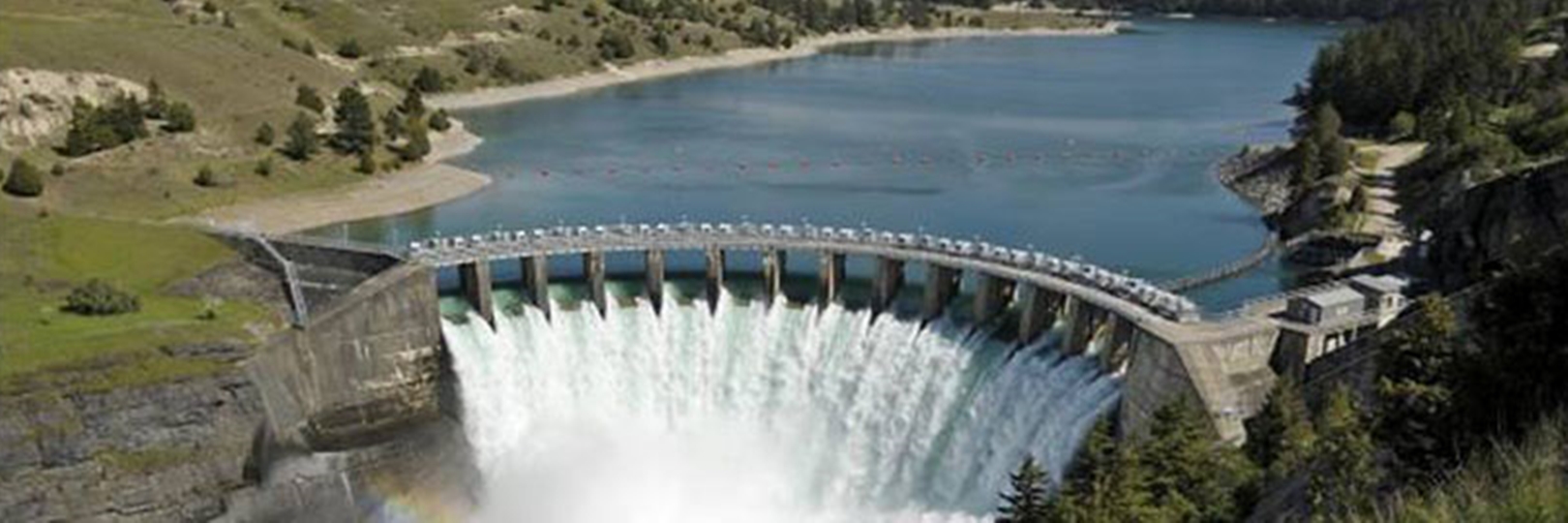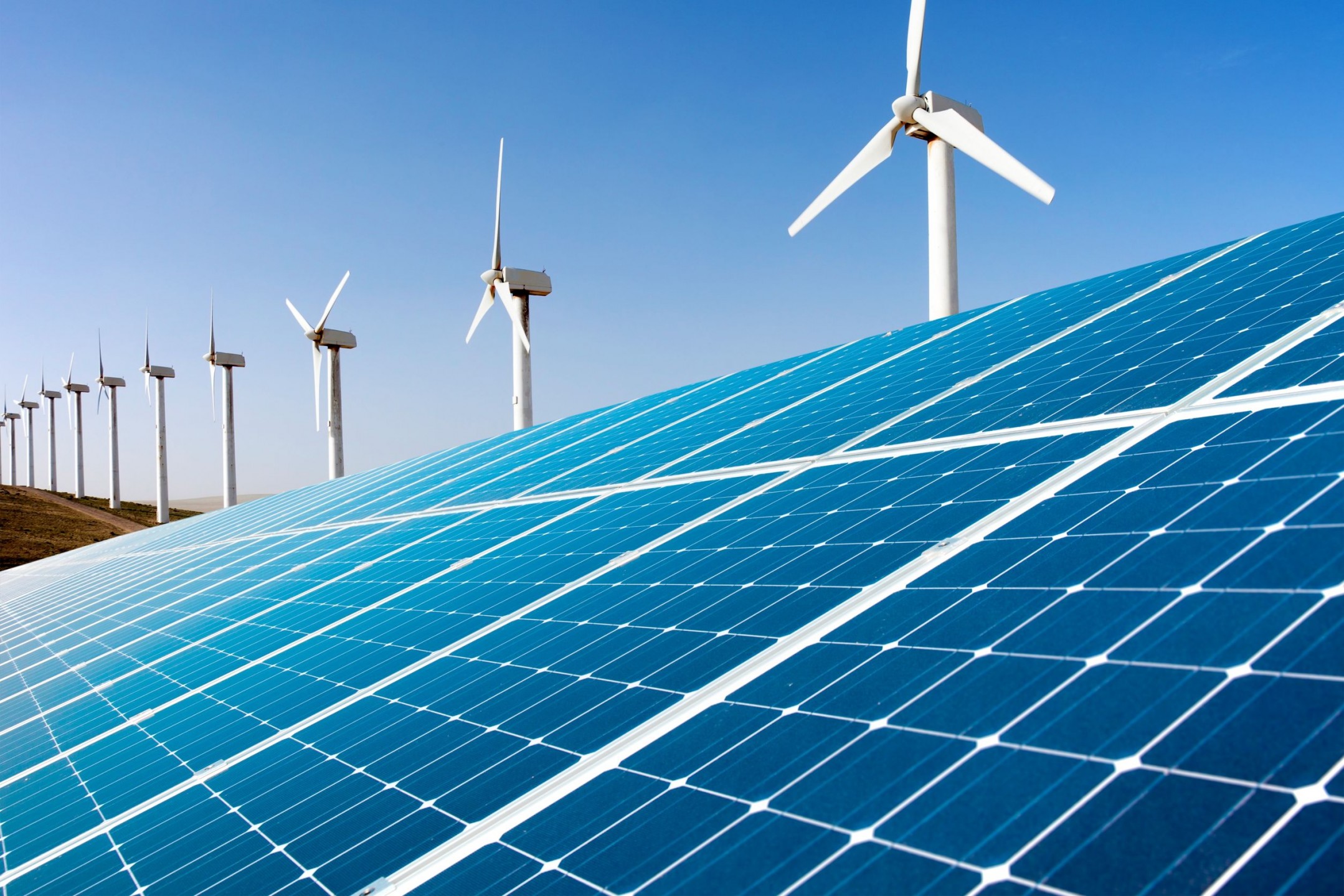Power & Energy
The energy sector companies are related to the production and supply of energy. The sector consists of a large group of inter-related companies that cover a wide variety of energy. The two major types of energy are as follows:
- One is non-renewable energy, which includes oil and petroleum products, gasoline, natural gas, diesel fuel, and nuclear.
- The other one is renewable energy, such as hydropower, solar power, and wind power.
Power is generated by a number of different sources, from oil, gas and nuclear power stations to renewable energy sources, including wind and solar farms. The industry can be split into three areas: power generation, transmission and distribution networks, and metering and sales. Large energy companies tend to operate in all three areas, as it is more cost effective, but smaller companies often only work in one of these areas.
Large energy companies tend to cover power generation, transmission networks and end users.
Trends and developments

There are three key priorities in the industry – affordability, security of supply and decarbonisation – but most existing energy sources don't achieve all three. For example, coal power is reliable but it fails to meet CO2 emission targets, while offshore wind is low carbon but isn't as reliable and is quite expensive.
There is currently a worldwide focus on nuclear power as current infrastructure comes to the end of its service life and a new generation of assets are being designed and built. Meanwhile, in response to climate change, engineers are contributing to the development of sustainable energy solutions such as wind, hydro, wave, tidal, solar, biomass, combined heat and power, and micro-renewable technologies.
In recent years we have seen a number of countries report their first day of zero electricity production from coal.There is also a focus on how smart metering, smart grids and energy storage could work together to reduce demand and match supply with demand.

Accelerating energy industry convergence
(Deloitte & Touch)
Pressure coming from a wide range of stakeholders, including citizens and shareholders alike, intensified in the past year, hewing closely to the recommendations of the Paris Climate Accord. Several utility companies, as well as their host municipalities and business customers, announced plans to fully decarbonize over the next three decades—even in the aftermath of pandemic-driven shocks to electricity load. In fact, as intermittent renewables recorded record-high penetration and peak oil demand came into focus, COVID-19 helped to crystallize the urgency of the power and utilities industry transition and the convergence it entails.
In 2021, a new administration could usher in an acceleration in the energy industry’s transition and convergence. Biden’s campaign platform calls for national net-zero greenhouse gas emissions by 2050 and a $2 trillion investment to help equitably achieve this target. The power and utilities industry is expected to lead this transition, as the new plan envisions the industry achieving an even more ambitious target of zero emissions by 2035. While a Republican-led Senate may narrow the scope and/or extend the timeline of these plans, agreement on an infrastructural stimulus could serve as a vehicle to advance the energy transition, as could executive authority over emissions.
The broader energy industry could start to converge in the coming year, as many players seek to serve a growing clean power industry in an economy increasingly moving toward electrification. Within the energy industry, the oil majors’ diversification strategies will likely increase their investment across the power industry’s value chain. Automakers’ increased shift toward electric vehicles (EVs) could also help enhance the electric grid via charging infrastructure and battery storage development. They might even seek to become renewable and electric service providers. Technology companies may also do the same as they enable vehicles, homes, and businesses to serve as distributed energy resources (DER) in addition to consuming them. The convergence of the electric, transportation, and building sectors may witness companies with varying levels of regulatory, technological, and capital constraints and opportunities partnering (or competing) with power and utility industry companies. All these companies are looking to establish a strategic foothold in a new energy landscape characterized by the following five trends.







